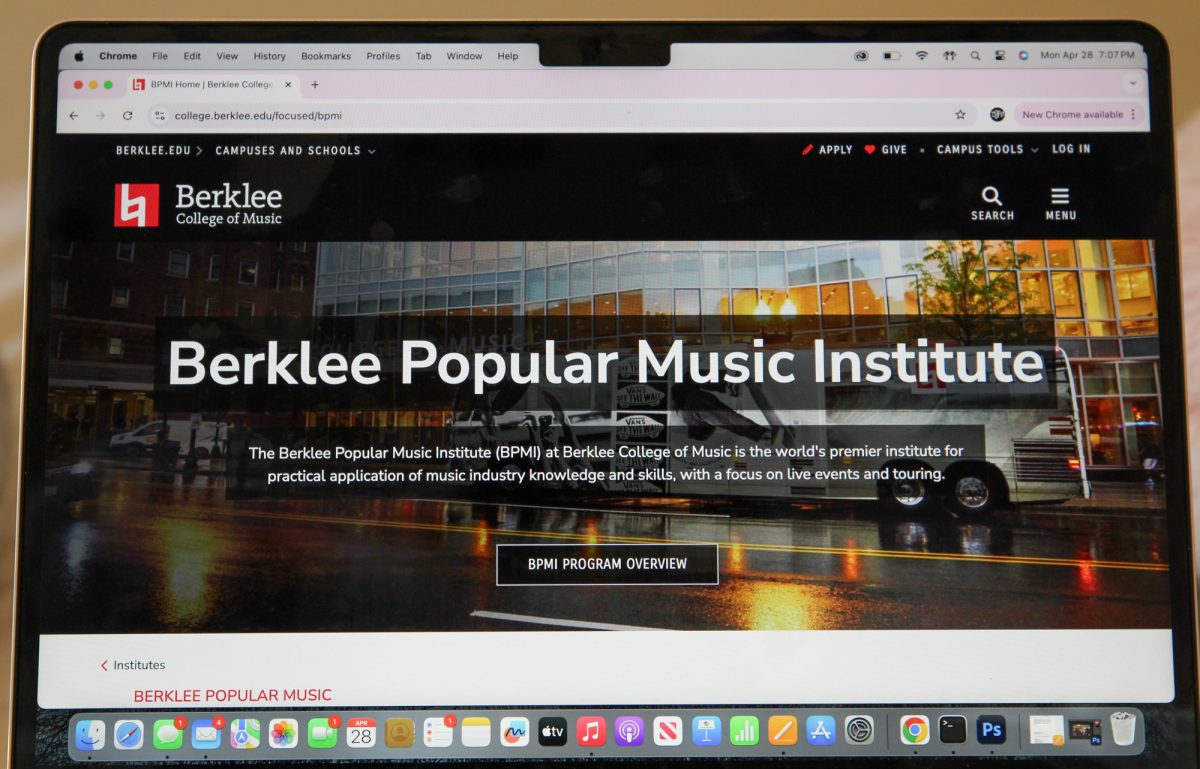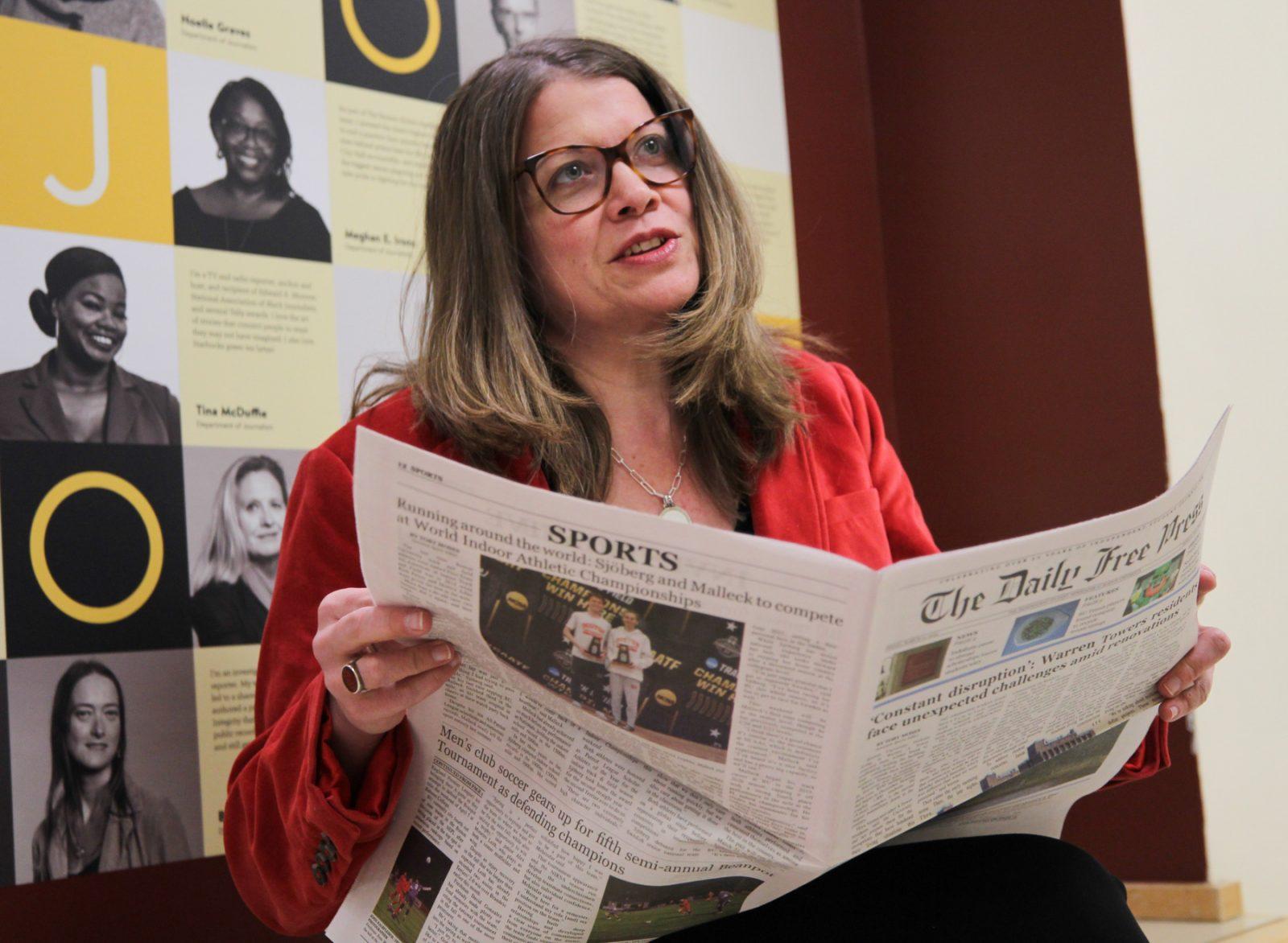Consider the following &- you give a homeless person some spare change. What motivated you to do so? Was it so you could sleep well that night, knowing that you did something good during the day? Or was it because you hold firmly onto the ideology that one should always give to the poor? If you answered positively to the former, you’re a very self-centered person. If you answered to the latter, why are you still reading? You should be giving all you have to the poor.
The health care bill has passed through the House of Representatives and this country has taken a huge step forward to ensure the well-being of its citizens. Still, universal health care develops irresolvable philosophical dilemmas which spawn fury amongst opponents and advocates alike.
Economically, the crux of the debate lies within the balance of health care efficiency (patient visits and visit duration may be some of the factors) and health care costs.
Defining what high efficiency is within the context of health care is difficult. From a purely mechanistic view, high efficiency is the comparison of input to useful output; hence, more output for less input would be considered good efficiency.
But such an example applies only to material gains. The practice of a physician yields no immediate material products, as a farmer or a miner would produce. The practice of a physician produces nothing that could afterward be purchased or procured.
Or so says Adam Smith, author of “The Wealth of Nations.” What Smith overlooked was the indirect influences physicians have on society. Granted, physicians do not directly produce the same type of materials for the state as a farmer would. Rather, they indirectly affect the material production, mainly through ensuring the wellbeing and fitness of the nation’s citizens. If one physician ensures the health and fitness of 50 farmers, how much material production can the physician indirectly secure for the state?
Efficient health care, by a revised model of indirect influence, can be seen as expanding a healthier demographic as a result of quick diagnosis, treatment and turnover of patients. Hence, efficiency of health care is limited by the performance of the physician.
Such a performance is dictated by a physician’s available resources. More medical devices, diagnostic techniques and education are examples, but how do we make these resources available? Money.
With a new health care payment policy for patients, restructuring of malpractice lawsuits against doctors and curbing of errors in medical practice, the new bill could potentially pay for itself.

















































































































